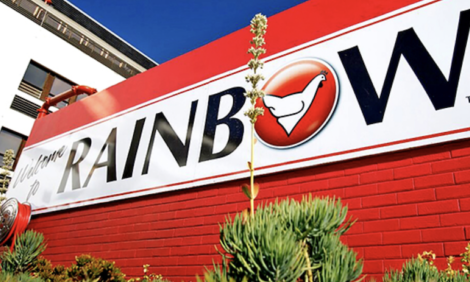



Help for Producers to Meet Emissions Rules
US - Poultry producers in Pennsylvania are scrambling to meet the new emissions rules.When the phone began ringing at the Lancaster County Emergency Management Agency with poultry farmers wanting to report their farm emissions, the office staff began to scratch their head. They were wondering what it was all about, according to Lancaster Farming.
The answer was that farmers were working to come into compliance with EPCRA (Emergency Planning and Community Right to Know Act) and CERCLA (Comprehensive Environmental Response Compensation and Liability Act). The agriculture rule came into effect on 20 January.
Capital Regional Poultry Educator, Greg Martin, shared what the new rule means for poultry producers at this month's Poultry Health Seminar at the Lancaster Farm and Home Center last week. He stressed that farmers must be patient and willing to work with their local emergency management offices as these agency workers, like farmers, are on a learning curve. More important, he said, is to make sure that the report is on record or it could come at a costly price later down the road.
EPCRA and CERCLA laws were originally passed for the smokestack industry. However, as these industries – transportation, electric generation and industry – come into compliance, the US Environmental Protection Agency (EPA) is now looking to agriculture and other secondary points for reductions.
Under the guidelines, farms need to report their excess emissions to the local and state emergency management programs if they exceed ammonia and hydrogen sulphide emission of 100 pounds per day. After the first reporting to the county, there is a continual emission report that needs to be filed 30 days later and then annually.
Once the first call has been made, Mr Martin said farmers need "to document to prove that the call was made". If EPA catches a farmer out of compliance, the fines could be as high as $25,000 per day.
The real challenge for poultry producers is the seasonality of the emission challenge. Ammonia emissions are higher in the winter months when air ventilation through the houses is decreased for heat retention.
"How much air you are moving though your barn – that is going to impact how much ammonia you are going to see," Mr Martin said.
In high-rise [multi-tiered] layer houses, emissions continue to fall outside the limit. But belt-type houses, because of regular movement of manure out of the facilities, can remain below the emission limit even with many more birds.
Extension research estimates the following maximum bird numbers for facilities to remain in compliance:
- high-rise layer houses – about 50,000 layers
- belt layer houses with manure removal every three days – about 483,000 layers, and
- belt houses with removal every day – 840,000 layers.
Broiler and turkey limits are more dependent on the condition of the litter and the age of the birds. Research continues, but reporting targets for broilers are estimated at 30,000. Turkey limits are estimated at 56,000 for 28-day brooding cycles and 108,000 for 21-day brooding cycles.
If it is a mixed operation – poultry and dairy, for example – emissions will need to be calculated for each species.
For help through the reporting process, Mr Martin has posted links to several forms, calculation tools and capital region contact information on how to comply with EPCRA and CERCLA (click here).
Mr Martin also touched on the state's new odour management (Act 38) regulations to Lancaster Farming. For any remodeling or new construction, an odour management plan must be developed based on odor indexing of the farm, he said.








